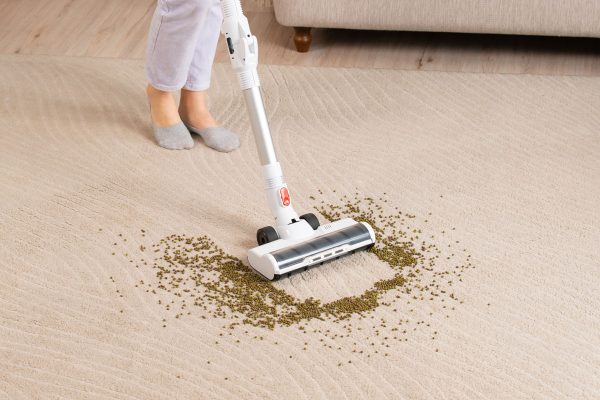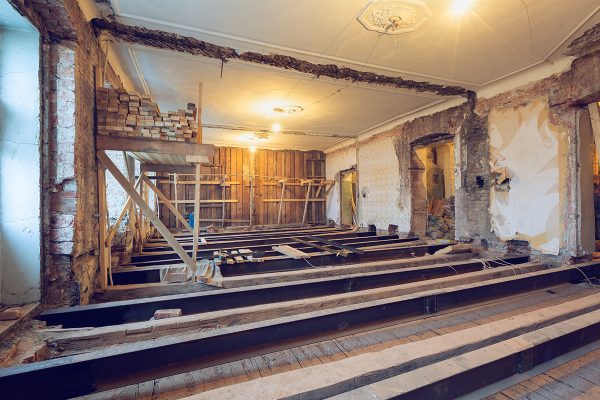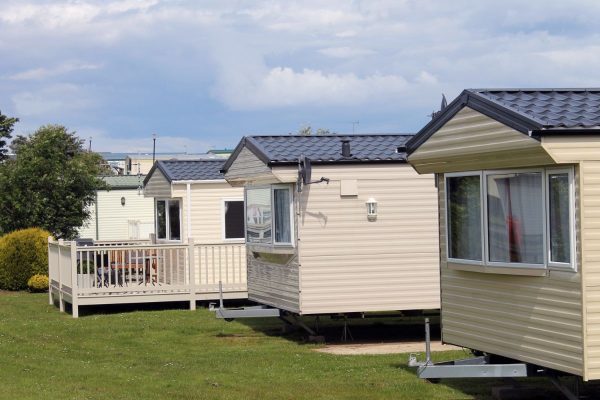If you're suffering from cold floors, your crawl space could be the culprit. And one way to deal with this problem is to insulate your crawl space. That's why we searched and compiled the pros and cons of insulating a crawl space. Here is what we gathered.
These are the pros and cons of crawl space insulation:
| Pros | Cons |
|
|
Read on as we discuss why you need to insulate your crawl space and which portion should you install. Additionally, we'll also delve into the difference between crawl space insulation and encapsulation. We'll also cover what insulation materials are best to use.
Why The Need To Insulate Your Crawl Space?
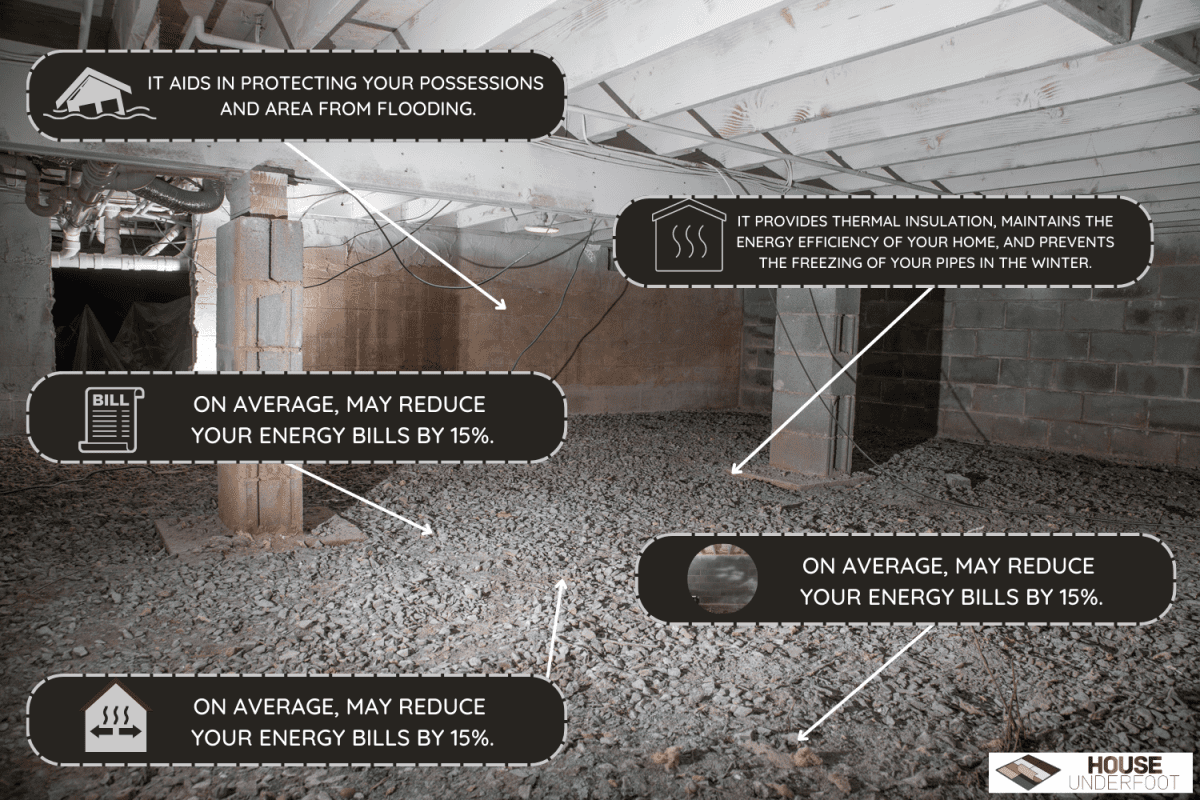
Due to its potential for being crowded, filthy, and occasionally even infested with pests, many individuals find their crawl space to be unappealing. These kinds of crawl areas have been disregarded for a long time.
It will be much more welcoming and comfortable to enter a well-maintained crawl area. However, going inside your crawl space will let you get a solid picture of both the conditions there and in the house above.
Increased comfort, lower energy costs, improved home durability, and a reduced entry of moisture, radon and other potential irritants or pollutants are all benefits of a well-sealed, moisture-protected, and insulated crawlspace.
Insulation Vs. Encapsulation: Are They The Same?
No, they're not. Encapsulation and insulation may at first glance seem to serve the same general purposes, but they serve quite different purposes.
Encapsulation
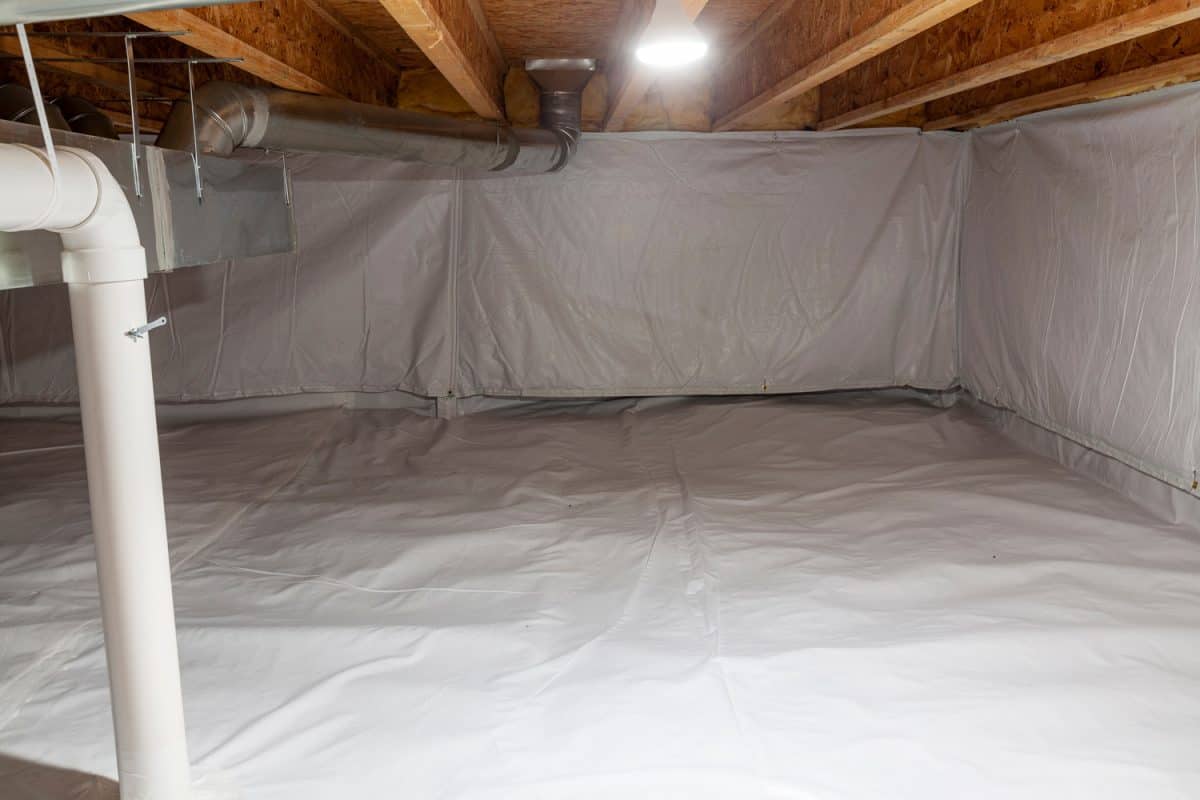
- This has become an essential component of home upkeep. By doing this, you close all foundation vents and create a tiny capsule out of your crawl area.
- Install a dehumidifier in the area that drains outside to help with ventilation and moisture control.
- Mold growth within your home is possible if you reside in a location where there is a high incidence of humidity and considerable moisture in your crawl space. This will lower the quality of the air that is ventilated into your home, which may later result in health problems.
- Moisture problems are avoided with crawl space encapsulation, which dries up your crawl space.
Insulation
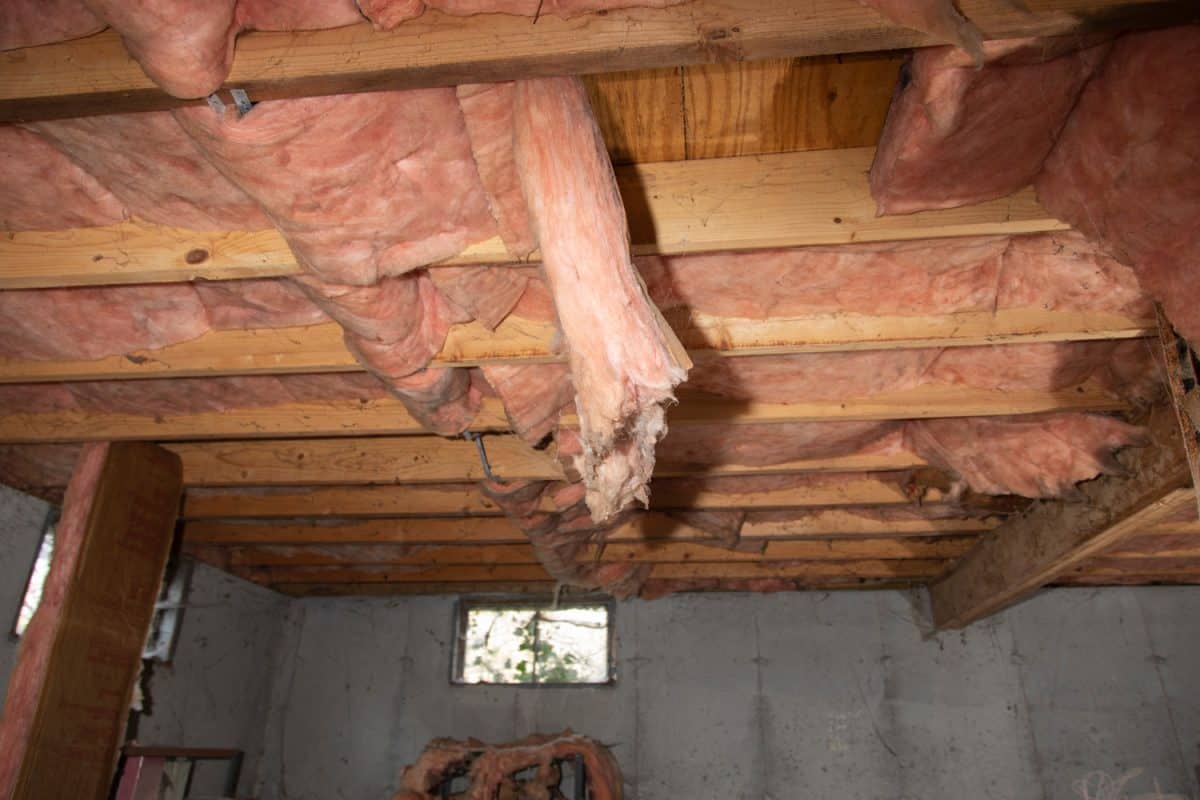
- In comparison to crawl space encapsulation, crawl space insulation requires fewer resources and takes less time.
- With this procedure, add insulation materials to the crawl area walls and occasionally the flooring. This keeps moisture from entering your crawl area by trapping it under the ground.
- In the end, less moisture is present, which inhibits the development of mold.
- Although crawl space insulation still serves the job well, it is not a long-term solution like crawl space encapsulation because the insulation material may need to be replaced.
What Are The Best Insulation Materials You Can Use In Your Crawl Space?
To keep inside air from coming into touch with the concrete structural elements and the rim joist framing in the cold basement, you should insulate crawlspace walls with quasi-sensitive insulation.
The foundation wall structure should be able to dry inwards with the help of the best insulations, which should be foam-based.
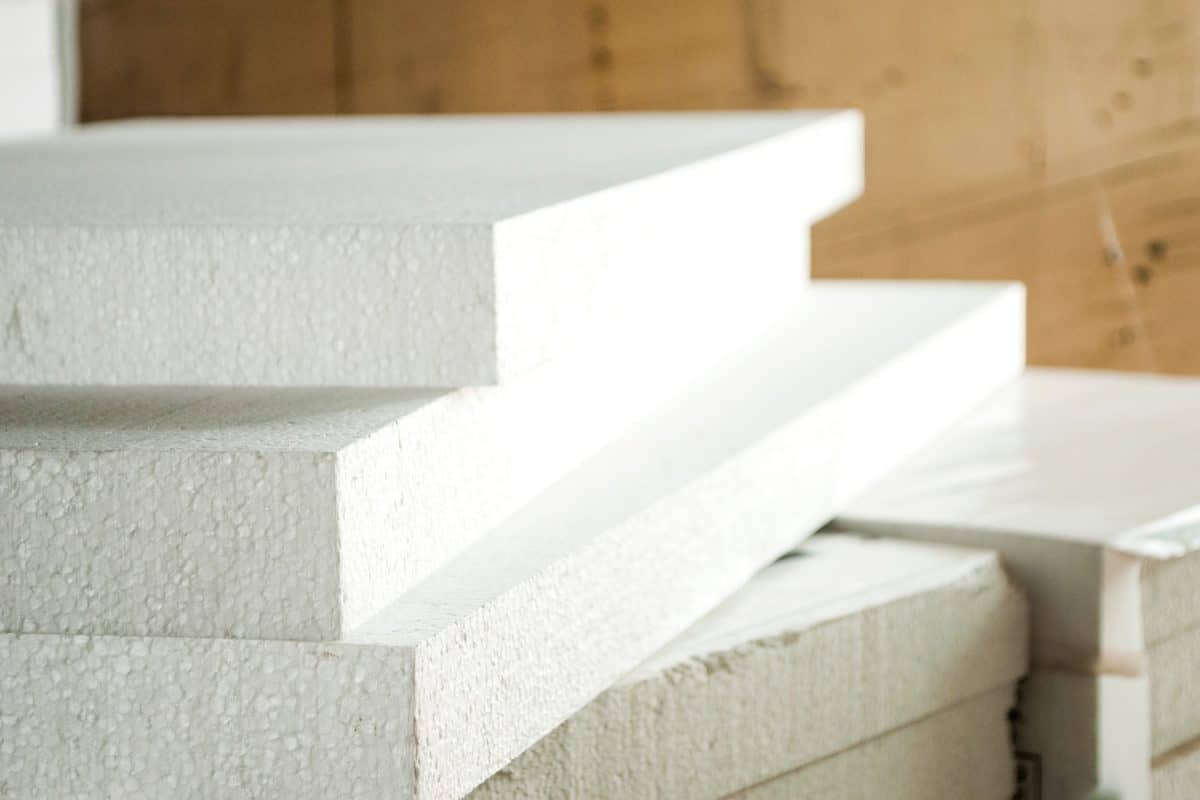
Generally speaking, the foam insulation layer should be either:
- vapor permeable (> 10 perm);
- semi permeable (> 1.0 perm); or
- semi-impermeable (> 0.1 perm).
The risk of excessive moisture collection decreases as permeance increases because it promotes inward drying.
A rigid foam insulation board is the ideal type of insulation for crawl spaces. The crawl space foundation walls serve as the foundation for the foam board, which is laid there instead of between the floor joists.
This foam insulation type, in contrast to fiberglass, does not absorb water, support mold, or permit air to travel through.


Click here for this product on Amazon!
How To Insulate A Crawl Space?
Before starting the process, you must first determine which part you need to insulate. Is it your crawl space wall or ceiling/underfloor?
Don't worry! We give you a brief guide on how to insulate both parts. Here is how:
To insulate the crawl space walls, you need to:
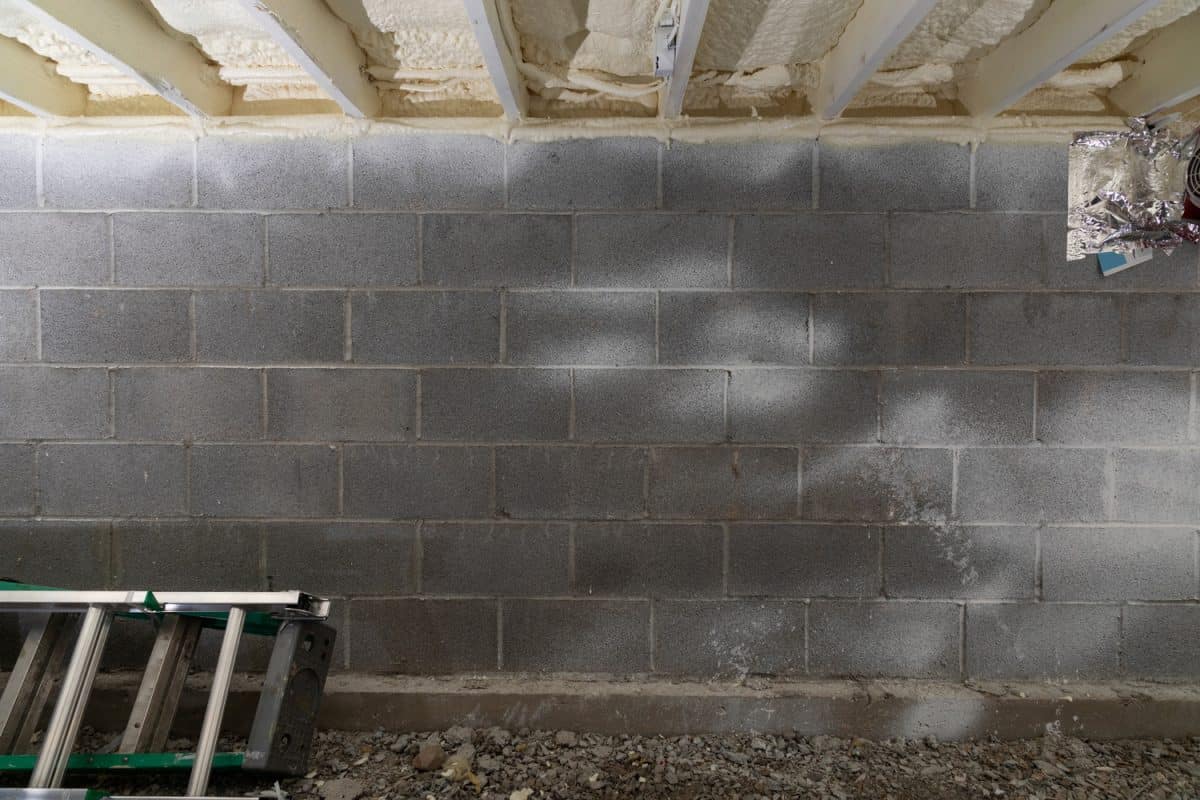
To ensure code compliance, discuss the foundation insulation ideas with the local building inspector and pest control service.
Sealing the Crawlspace
Seal or remove the foundation vents.
Make sure that any water heaters and furnaces that burn fuel are sealed combustion units with a driven combustion system.
When building the outer wall, including the band joist, seal any air leaks both during and after.
Locate the crawlspace entrance within the house or construct perimeter access that will stay airtight even after frequent use.
Insulation Type
Choose insulation values by the DOE Insulation Fact Sheet or the International Energy Conservation Code.
Install batt or rigid insulation using one of the three methods available: inside batt, interior foam, or exterior foam. If the crawlspace entrance is built into a wall, insulate it with batt insulation as well as the band joist.
Pest Prevention
Install a continuous termite shield that spans the whole distance between the band joist and the brick foundation wall, covering the insulation in the walls, or leave a 2" to 4" insulation gap at the top for a termite inspection.
Place a supply outlet in the crawl space and use the floor's leaky nature to offer a return air path.
To insulate the underfloor or crawl space ceiling, you need to:
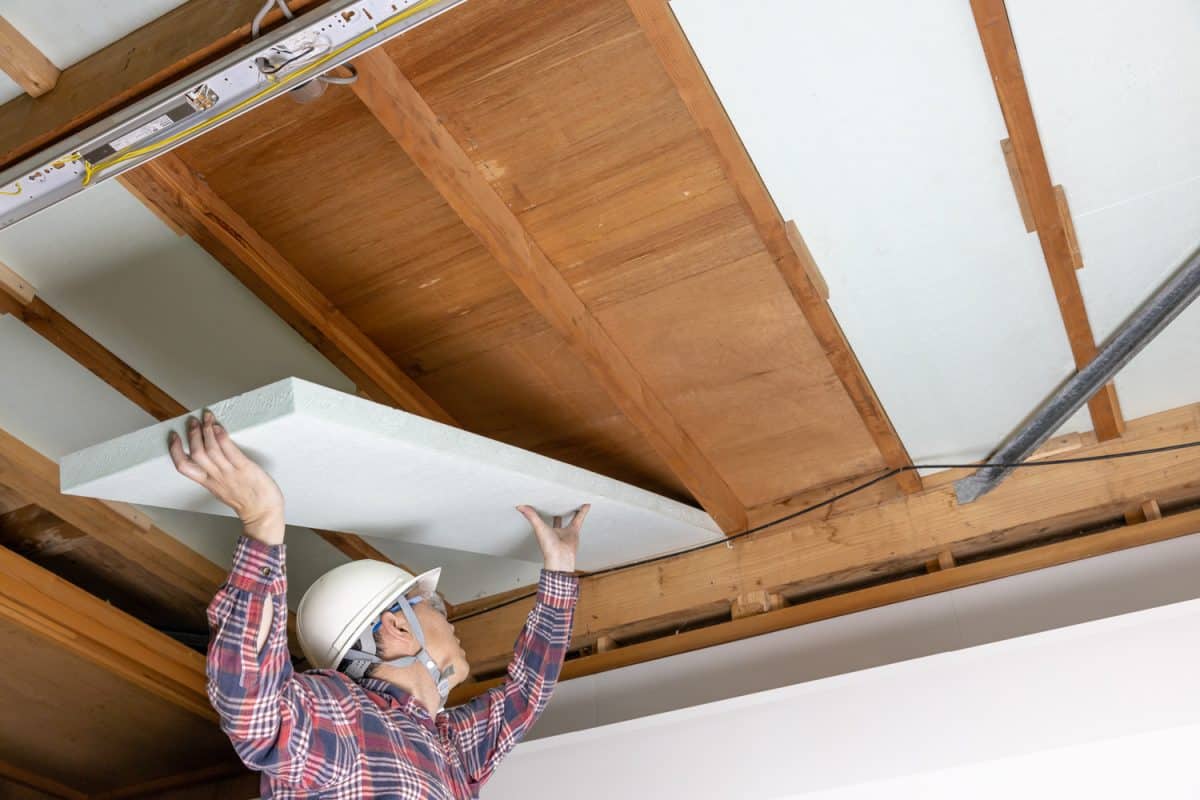
Meet with the mechanical subcontractors in the early stages of construction to explain the significance of maintaining a free space between floor joists.
Sealing the Crawlspace
Close up any air leaks that exist between the home's conditioned space and the crawlspace. Bathroom drain holes and other drain line holes, penetrations for electrical wiring, plenums for ducting, plumbing, and ductwork, including duct boot connections at the floor, are among the high-priority leaks.
Insulation Type
Choose insulation values by the DOE Insulation Fact Sheet or the International Energy Conservation Code.
Obtain insulation that is the correct width for the floor's joist spacing. There must be complete coverage; leave no gaps in the insulation. To prevent gaps that could allow cold air to enter between the insulation and the subfloor, the batts should be put flush against the floor.
Fit the Insulation
To fit around wiring and plumbing, the batts should be trimmed to the exact length of the joist being insulated. If there is enough room, insulate the band joist section between the floor and the air ducts.
Without compressing the floor insulation more than an inch, use insulation hangers (wire slats) placed every 12"-18" to hold the insulation in place.
Install Vapor Barrier
The location of the home affects how the vapor barrier is oriented. The vapor barrier should face upward in the vast majority of the nation. However, it should face downward in some Gulf state regions and other places with moderate winters and scorching summers.
Fill the crawlspace with insulation for all ducting. Unless they are inside the insulation, wrap all cold and hot water lines in the crawlspace.
After confirming that the crawlspace is dry and all building materials have dried, close the vents.
In Conclusion
There are several advantages and disadvantages of crawl space insulation. Deciding whether to install one should be easy given the table presented above.
However, it is not enough to just insulate your crawl space, you should also know how to properly do it and what are the best materials to use. This ensures that your efforts and money will not go to waste once you're done with your insulation project.
Before leaving, you should check out these related articles to learn more:

